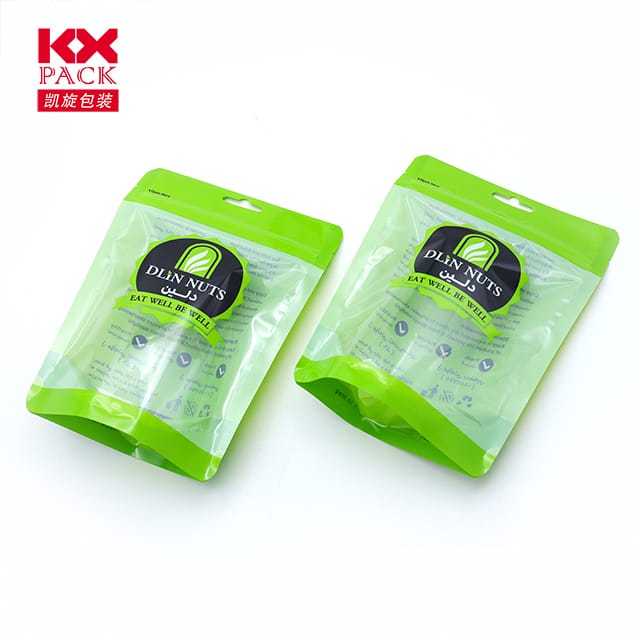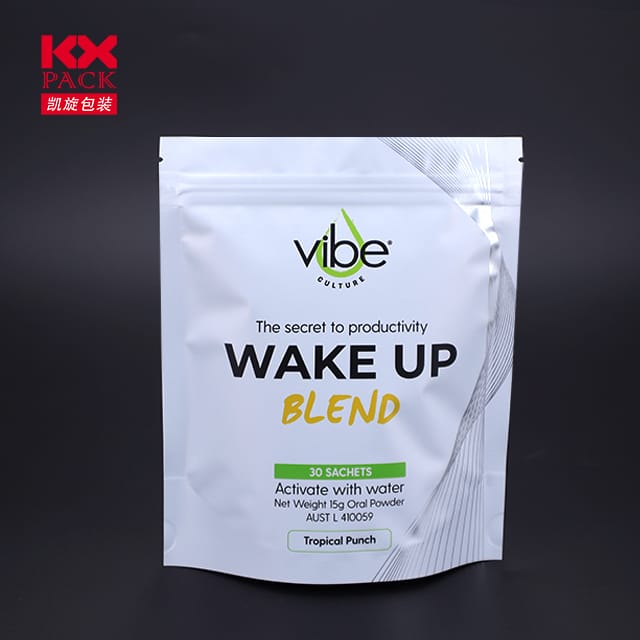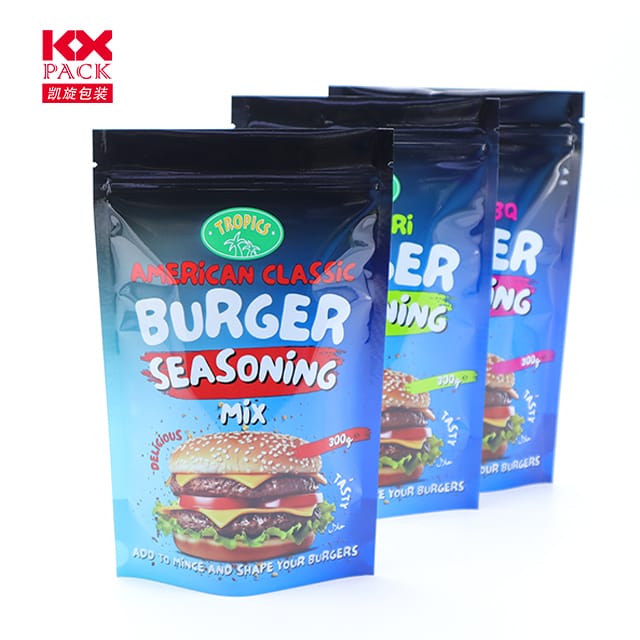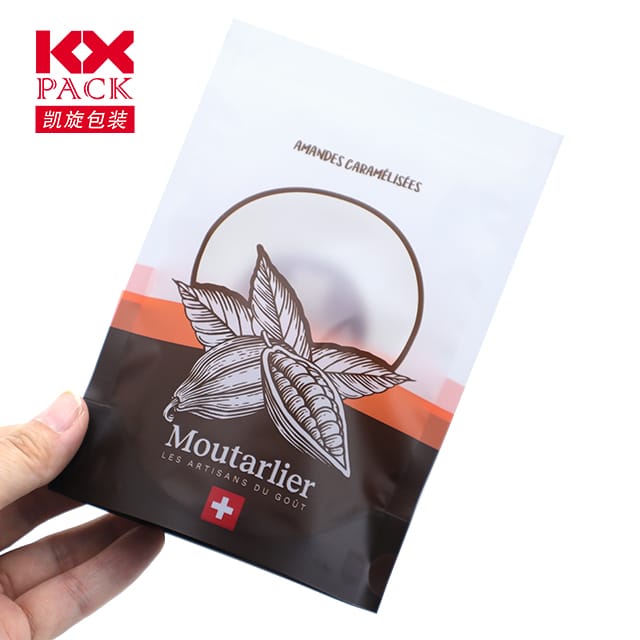მოქნილი ფილმების ევოლუცია და გავლენა კვების შეფუთვაში: მდგრადი რევოლუცია (3)
მოქნილი ფილმები
დღევანდელ სწრაფად განვითარებულ სამყაროში, საკვების შეფუთვა აღარ არის მხოლოდ კონტეინერზე - ეს არის მეცნიერება, რომელიც აბალანსებს შენარჩუნებას, მოხერხებულობა, და მდგრადობა. იმ ინოვაციებს შორის, რომლებიც მართავენ ამ ტრანსფორმაციას, მოქნილი ფილმები have emerged as a game-changer in food packaging. მსუბუქი წონა, მრავალმხრივი, და ადაპტირებადი, ეს მასალები აფიქსირებს, თუ როგორ ვიცავთ, ტრანსპორტი, და მოიხმარეთ საკვები. Let’s dive into why flexible films are revolutionizing the industry and what their future holds.
რა არის მოქნილი ფილმები?
Flexible films are thin, pliable materials made from polymers like polyethylene (PE), პოლიპროპილენი (PP), პოლიესტერი (PET), and biodegradable alternatives such as PLA (პოლილაქტური მჟავა). These films can be laminated, coated, or printed to create packaging solutions tailored for specific food products—from snacks and fresh produce to frozen meals and beverages.
Their key advantages? Lightweight construction reduces shipping emissions, customizable barrier properties extend shelf life, დაflexibility allows for efficient use of space in packaging designs.
Why Are Flexible Films Dominating Food Packaging?
- Enhanced Shelf Life
Flexible films can be engineered with oxygen, ტენიანობა, and light barriers to prevent spoilage. Მაგალითად, high-barrier laminates keep coffee fresh, while modified atmosphere packaging (რუკა) films extend the shelf life of meat and cheese. - Sustainability Gains
Traditional rigid packaging often uses more material and generates higher waste. Flexible films, by contrast, require fewer resources to produce and transport. დამატებით, advancements in recyclable and compostable films (მაგ., bio-based PLA or mono-material PE structures) are reducing plastic pollution. - მოხერხებულობა & სიახლე
Resealable zippers, easy-tear openings, and stand-up pouches make flexible packaging consumer-friendly. Brands like snack companies and ready-meal producers leverage these features to enhance user experience. - ხარჯების ეფექტურობა
Lighter materials mean lower shipping costs, and the ability to form-fill-seal (FFS) on high-speed machinery boosts production efficiency.
გამოწვევები & გზა წინ
მათი სარგებელის მიუხედავად, flexible films face hurdles:
- Recyclability Complexity: Multi-layer laminates (მაგ., PET/AL/PE) are hard to recycle.
- Consumer Perception: Some still associate plastics with waste, even if innovations like chemical recycling or compostable films exist.
გადაწყვეტილებები ჰორიზონტზე:
- მონო-მატერიალური სტრუქტურები: Using a single polymer type (მაგ., all-PE pouches) improves recyclability.
- ბიოდეგრადირებადი ფილმები: დამზადებულია განახლებადი რესურსებისგან, these break down naturally, though scalability remains a challenge.
- ჭკვიანი შეფუთვა: Integrating sensors or QR codes into films to track freshness and reduce waste.
The Future is Flexible
The global flexible packaging market is projected to reach$250 მილიარდი 2028, driven by e-commerce growth and sustainability mandates. Brands are increasingly prioritizingcircular design—creating packaging that’s recyclable, reusable, or compostable by design.
As consumers demand eco-friendly options without sacrificing convenience, flexible films will play a pivotal role in bridging the gap. The next frontier? ინოვაციები მოსწონსedible films (made from seaweed or starch) ანself-healing materials that further minimize waste.
დასკვნა
Flexible films are more than just packaging—they’re a testament to human ingenuity in solving modern challenges. By balancing functionality, მდგრადობა, and affordability, they’re not just protecting food but also our planet. როგორც ტექნოლოგიის წინსვლა, one thing is clear: the future of food packaging is flexible, and it’s here to stay.
What’s your take on flexible films? გაუზიარეთ თქვენი მოსაზრებები ქვემოთ მოცემულ კომენტარებში! 🌱🍱
საკვანძო სიტყვები: მოქნილი ფილმები, food packaging, მდგრადობა, თარო, ბიოდეგრადირებადი, გადამუშავებადი, წრიული ეკონომიკა







